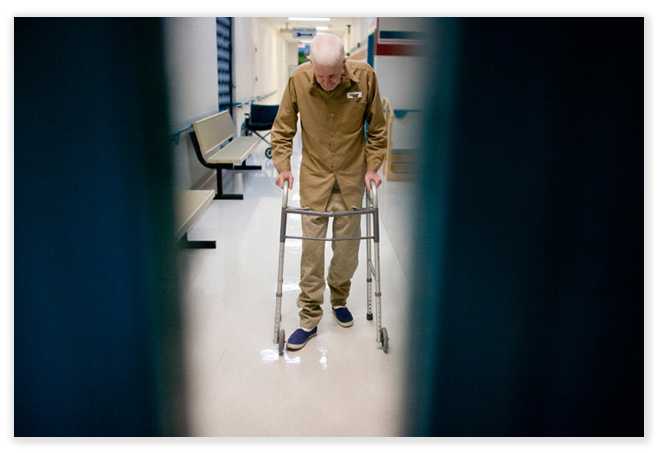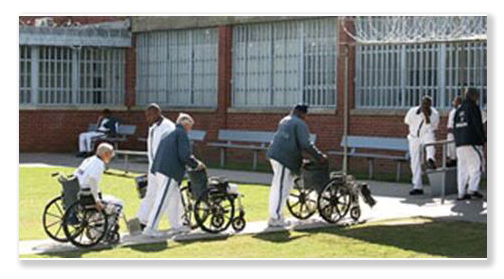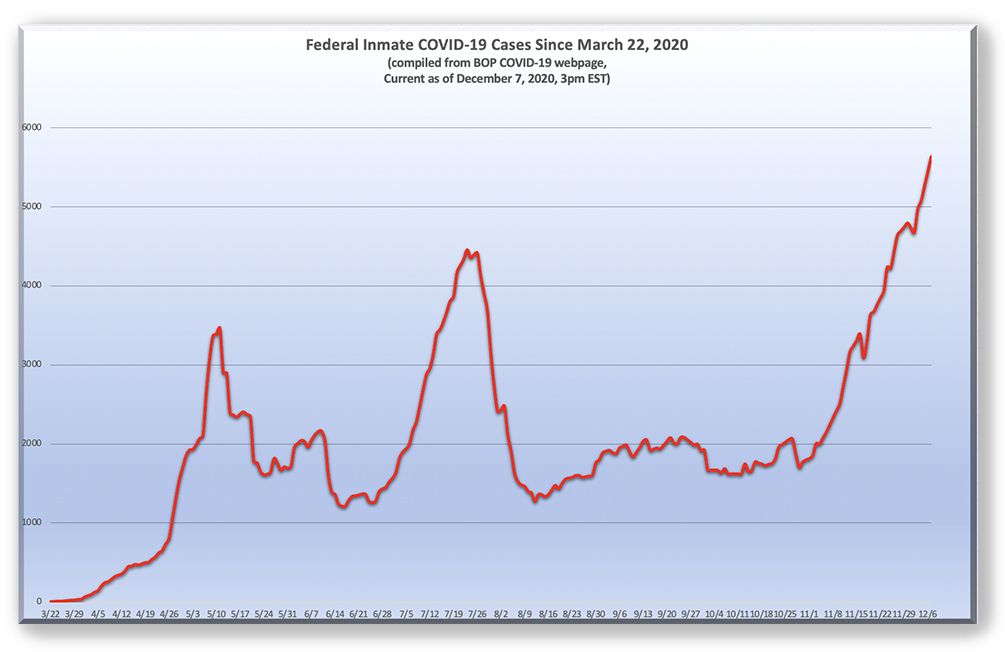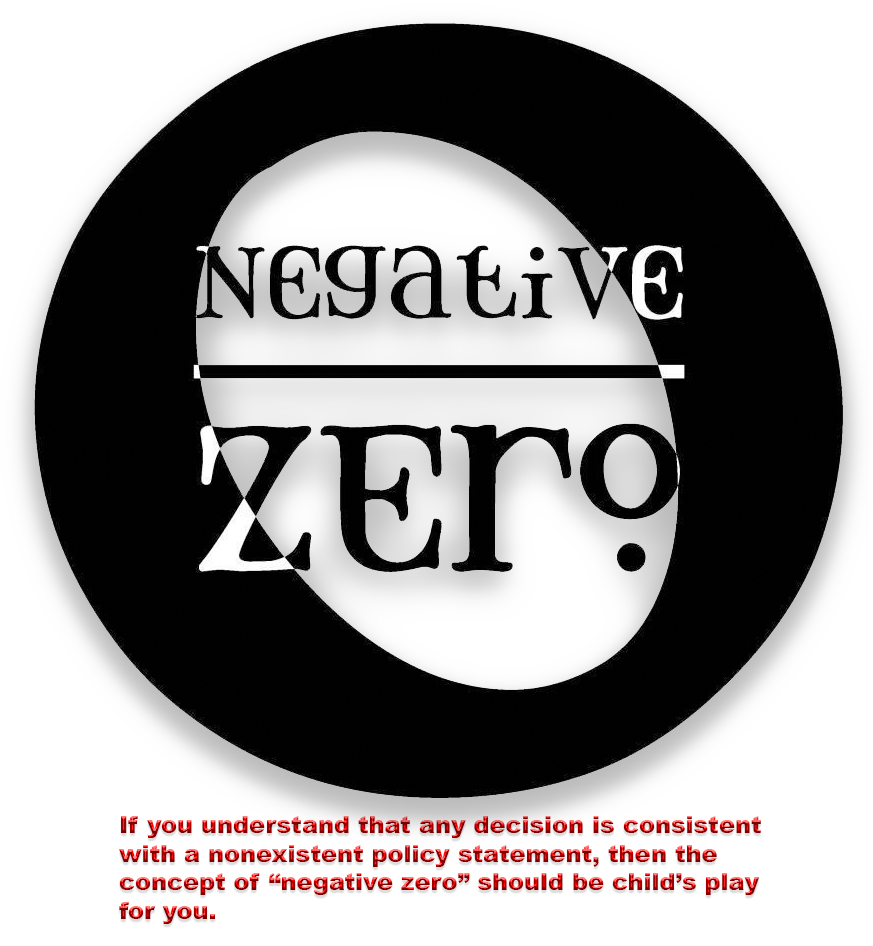We post news and comment on federal criminal justice issues, focused primarily on trial and post-conviction matters, legislative initiatives, and sentencing issues.

ODD COUPLE STRIKE AGAIN; CALL TO REPEAL AEDPA
 A few weeks ago, Senators Richard Durbin (D-Illinois) and Charles Grassley (R-Iowa), the top two guys on the Senate Judiciary Committee, teamed up to introduce the COVID-19 Safer Detention Act (S.312), which would make grant of compassionate release for COVID-related reasons easier and relax the Elderly Offender Program age and sentence limits. Last week, the odd couple was at it again, introducing the Prohibiting Punishment of Acquitted Conduct Act (S.601).
A few weeks ago, Senators Richard Durbin (D-Illinois) and Charles Grassley (R-Iowa), the top two guys on the Senate Judiciary Committee, teamed up to introduce the COVID-19 Safer Detention Act (S.312), which would make grant of compassionate release for COVID-related reasons easier and relax the Elderly Offender Program age and sentence limits. Last week, the odd couple was at it again, introducing the Prohibiting Punishment of Acquitted Conduct Act (S.601).
The Act, a similar version of which was introduced last year but died without a vote, would prohibit federal courts from using conduct for which a defendant was acquitted as factors to pump up Guidelines scores.
 The problem is this: Donnie Dopehead is charged with two drug counts, one for distributing 100 kilos of marijuana and the other for selling 15 grams of cocaine. The Feds have Donnie dead to rights on the coke: as he sold it to his customers, a busload of nuns was stopped at the light, and they all saw it happen. But the marijuana beef is based on the vague testimony of a demented neighbor with poor eyesight, who – on the witness stand – admits it may have been bales of hay, not marijuana, and the guy unloading it may have been Clarence Crackfiend, not Donnie.
The problem is this: Donnie Dopehead is charged with two drug counts, one for distributing 100 kilos of marijuana and the other for selling 15 grams of cocaine. The Feds have Donnie dead to rights on the coke: as he sold it to his customers, a busload of nuns was stopped at the light, and they all saw it happen. But the marijuana beef is based on the vague testimony of a demented neighbor with poor eyesight, who – on the witness stand – admits it may have been bales of hay, not marijuana, and the guy unloading it may have been Clarence Crackfiend, not Donnie.
The jury acquits Donnie of the pot, but convicts on the coke.
If Donnie had no prior criminal record, his sentencing range for the cocaine of which he was convicted would be 10-16 months. But at sentencing, the court will also consider the marijuana, if it finds by a preponderance of the evidence that Donnie dealt it. In sentencing law, “preponderance” seems to mean that the prosecutor said it, and that’s good enough for the judge. With the pot added in, Donnie’s Guideline sentencing range is 51-63 months.
 The thinking (and I employ that term loosely) is that just because the jury said the government hadn’t proved the pot charge beyond a reasonable doubt didn’t mean that it hadn’t been proved by a preponderance of the evidence. And the lower evidentiary standard, coupled with the loosey-goosey procedural protections of a sentencing proceeding, means that the defendant has little of avoiding a five-year sentence for what should be more like 12 months.
The thinking (and I employ that term loosely) is that just because the jury said the government hadn’t proved the pot charge beyond a reasonable doubt didn’t mean that it hadn’t been proved by a preponderance of the evidence. And the lower evidentiary standard, coupled with the loosey-goosey procedural protections of a sentencing proceeding, means that the defendant has little of avoiding a five-year sentence for what should be more like 12 months.
The Prohibiting Punishment of Acquitted Conduct Act, simply enough, would have said in Donnie’s case that the court could sentence on the cocaine, but not the pot.
An identical bill, backed by a long list of conservative and liberal advocacy groups, is being introduced in the House by Reps Steve Cohen (D-Tennessee) and Kelly Armstrong (R-North Dakota).
You may reasonably suspect that this bill, along with the Safer Detention Act and other measures may be rolled together in a larger criminal justice package later this year.
Meanwhile, a Washington Post article last week kicked off a series on the horror that is the Anti-Terrorism and Effective Death Penalty Act (AEDPA). Back in 1996, Congress took a chisel to habeas corpus, adopting procedural limitations that make arguing the merits of 2254 and 2255 motions – especially second ones – a byzantine nightmare, a “thicket of real through-the-looking-glass shit,” according to one long-time defense attorney.
The Post series will “look at how the AEDPA was passed, how it works in the real world, the injustices it has wrought and what we can do to fix it. The good news is that much of this can be fixed. Congress could repeal or reform the AEDPA tomorrow. And for all the criticism of his criminal justice record — most of it justified — Joe Biden was one of the most vocal critics of the AEDPA’s habeas provisions. The then-senator warned of dire consequences if those provisions passed. History has proved him right.”
S.601, A bill to amend section 3661 of title 18, United States Code, to prohibit the consideration of acquitted conduct at sentencing (March 4, 2021)
Press Release, Durbin, Grassley, Cohen, Armstrong Introduce Bipartisan, Bicameral Prohibiting Punishment Of Acquitted Conduct Act (March 4, 2021)
Washington Post, It’s time to repeal the worst criminal justice law of the past 30 years (March 3, 2021)
– Thomas L. Root





























